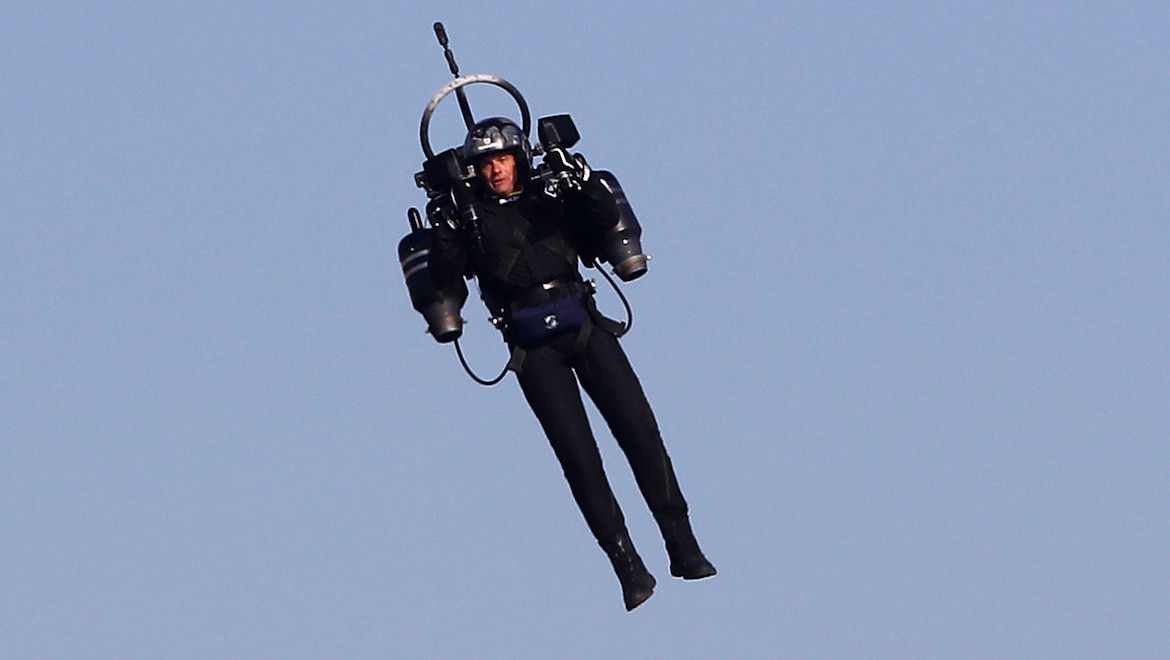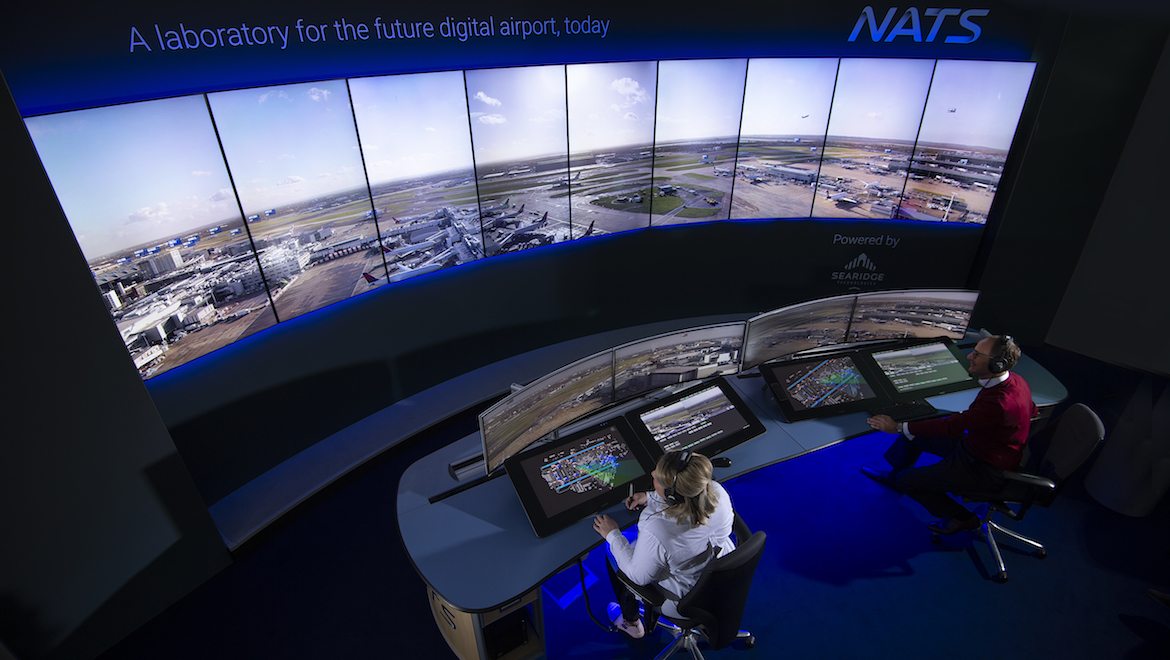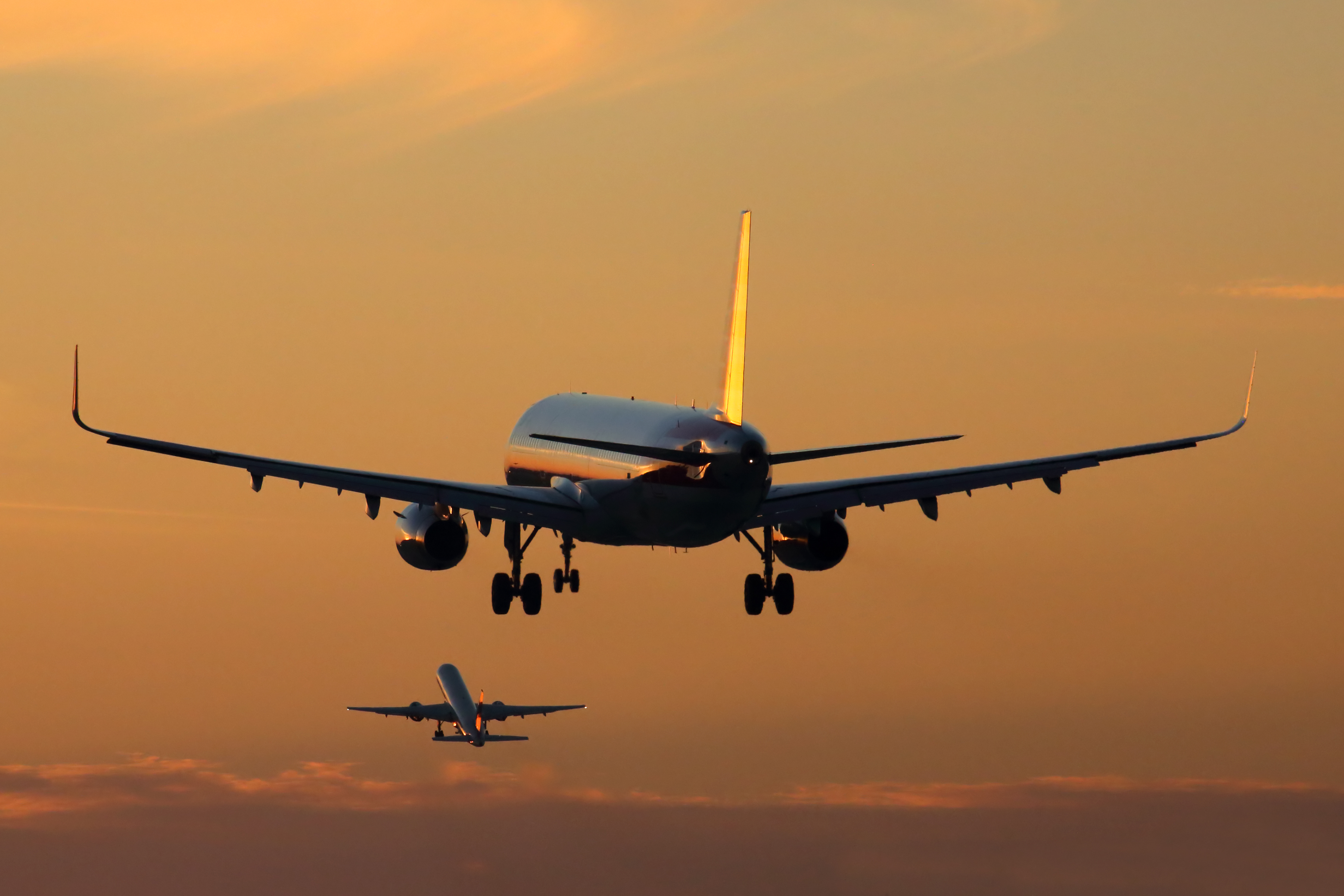Airservices Australia says the Onesky joint civil and military air traffic management project has moved into the detailed design phase.
This latest milestone follows the completion of the system definition review of the Civil Military Air Traffic Management System– CMATS – conducted by Airservices and supplier Thales.
Launched at the Avalon Airshow in 2015, Onesky aims to replace the currently separate civil and Defence air traffic management systems under a single program.
The final contracts, which were signed by Airservices Australia, the Department of Defence and supplier Thales in February, value the project at $1.2 billion.
In addition to the completion of the system definition review, Airservices said on Monday air traffic controllers have started using elements of the Onesky system.
The nation’s air traffic manager said Melbourne, Perth and Sydney air traffic management (ATM) service facilities had switched over to the Civil Military ATM voice communication system.
Brisbane’s air traffic service centre was expected to switch over in 2019.
Airservices chief executive Jason Harfield said he was “proud to deliver these key milestones in the Onesky program just nine months after signing contracts with our military and industry partners”.
“The new CMATS voice communications system enables greater efficiency of our air traffic resources, enhances safety outcomes and minimises service disruptions,” Harfield said.
“These benefits will be experienced by all users of Australian airspace, from the major airlines and their passengers right through to the smallest ultralight aircraft.”
The use of CMATS at three ATM service facilities, as well as the completion of the system definition review, meets the timeline set out in the Airservices 2018/19 corporate plan for the work to be done by the second quarter of the current financial year.
“Achieving this milestone on schedule and with no disruption to existing services is an exceptional demonstration of how civil and military air traffic operations will work together,” Harfield said.
The corporate plan said the first Defence OneSky tower would be in operation between 2019/20 and 2022/23.
Full operating capability is expected to occur in 2023, two years later than the original 2021 completion date.
In August 2017, Onesky was placed on Defence’s project of concern list, following increasingly protracted negotiations between Airservices, the Department of Defence and Thales.
However, the execution of final contracts in February led to the program, which Defence refers to as Project AIR 5431 Phase 3 Civil Military Air Traffic Management System, being taken off the list.
Onesky also faced criticism regarding how tenders were evaluated in an Australian National Audit Office (ANAO) report published in April 2017. The report also suggested Australia could end up paying too much for the project.
Harfield defended the robustness of the Onesky tender evaluation process while conceding that contract negotiations had taken longer than anticipated.
“Value for money . . . is not just the price that you pay. You’ve actually got to have the thing work and operate, and there are much more greater considerations with value for money,” Harfield told Australian Aviation in May 2017.
The Airservices chief noted there were five different assessment criteria in the Onesky tender: safety, technical risk, transition arrangements, long-term relationships and financial and commercial considerations.
“With an air traffic control system, you can’t say that all of those are equal … in a ranking. You’ve got to put it all together and look at it,” Harfield said.
“So you could have somebody really strong technically but very weak on the transition between the two systems. Well, that transition is just as important as making sure that the system works.”
The Airservices corporate plan for 2018/19 said activities and associated enabling projects for Onesky would be the central focus of Airservices’ capital expenditure over the five years to 2022/23. It said Onesky would account for $724 million, or 59 per cent, of total capital expenditure over the five-year period.
The figure is above the $652 million, or 61 per cent of total spend, in the 2017/18 corporate plan published a year ago.
VIDEO: A look at the OneSky program from Airservices’ YouTube channel.












